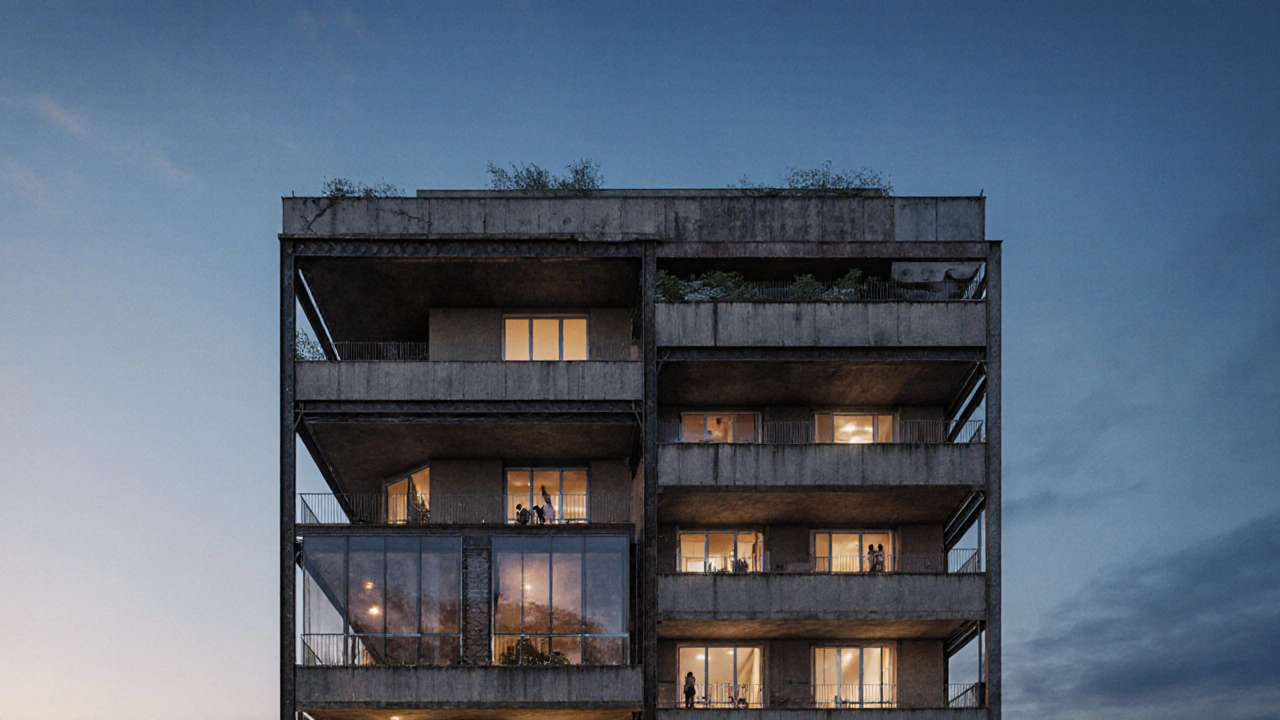Urban Spaces
When talking about Urban Spaces, the physical areas where people live, work, and interact, molded by architecture, planning, and culture, you’re really looking at a living laboratory. Also known as cityscapes or built environments, urban spaces bring together history, technology, and human needs. Right from the bustling street market to a quiet park, every corner reflects choices about sustainability, style, and function.
Key forces that shape today’s urban fabric
Sustainable Design, a design approach that cuts waste, lowers carbon footprints, and uses renewable resources sits at the heart of modern city projects. It demands smart materials, efficient energy systems, and a lifecycle mindset. When you pair that with High‑Tech Architecture, the use of IoT, advanced composites, and digital fabrication to create adaptable structures, you get buildings that not only look futuristic but also respond to climate goals. This combo creates a semantic triple: urban spaces encompass sustainable design; sustainable design requires smart materials; high‑tech architecture influences urban spaces.
Another powerful driver is Neo‑Futurism, a movement that blends cutting‑edge tech with bold visual language to imagine next‑generation cityscapes. Neo‑futurist projects often feature parametric façades, dynamic lighting, and mixed‑use programs that blur the line between public and private. The result? A city that feels alive, constantly reshaping itself to meet residents’ needs. In plain terms: neo‑futurism shapes future urban spaces, and urban planning integrates heritage architecture to keep the past from disappearing.
Urban planning itself acts as the choreography behind the scenes. Planners decide where a transit hub sits, how a riverfront is accessed, and which historic district gets protection. The planning process pulls in heritage concepts, like the preservation of Colonial or Gothic Revival structures, ensuring that new developments respect the city’s story. When a city blends heritage with high‑tech solutions, you see a seamless link: urban planning integrates heritage architecture, while also embracing sustainable design and smart tech.
All this theory shows up in real projects across the globe. Federal buildings in Australia are now aiming for net‑zero energy, using solar arrays and intelligent HVAC systems—a perfect example of sustainable design meeting high‑tech architecture. Meanwhile, downtown districts are adding adaptive facades that adjust shading based on weather, illustrating neo‑futurism in action. These case studies prove that the concepts aren’t just buzzwords; they’re tools that shape everyday experiences—from the light that filters into a café to the way a commuter navigates a multimodal hub.
What you’ll find next is a curated collection of articles that dive deeper into each of these ideas. Whether you’re curious about the future of federal architecture, want a practical guide to high‑tech homes, or wish to understand how Renaissance principles still guide modern city grids, the posts below break down the theory, showcase real examples, and give you actionable takeaways. Ready to see how urban spaces evolve at the intersection of history, technology, and sustainability? Keep reading to explore the full spectrum.

How Constructivist Architecture is Changing Our Perception of Space
Explore how Constructivist Architecture reshapes our experience of space, its historic roots, core principles, modern applications, and practical design tips.
Read more